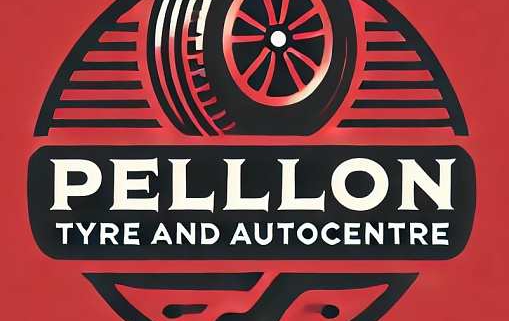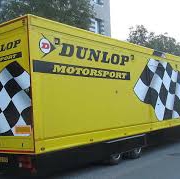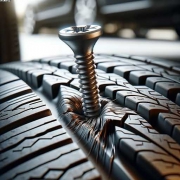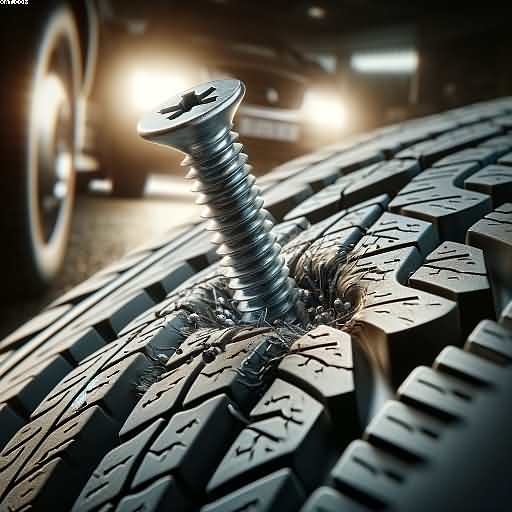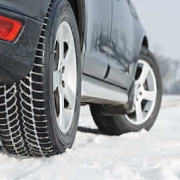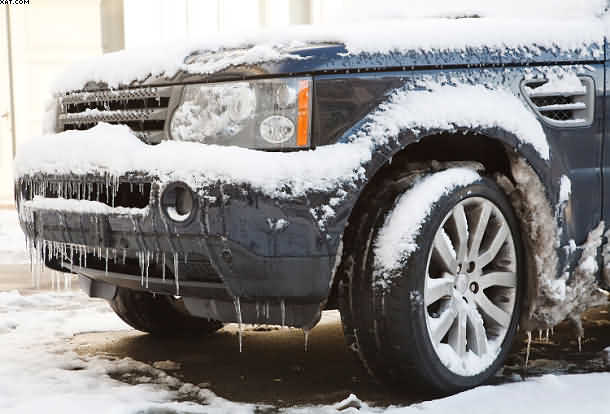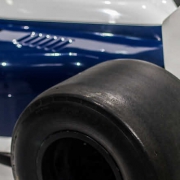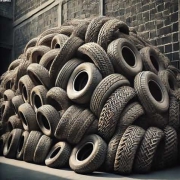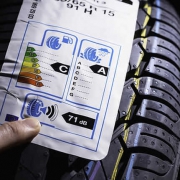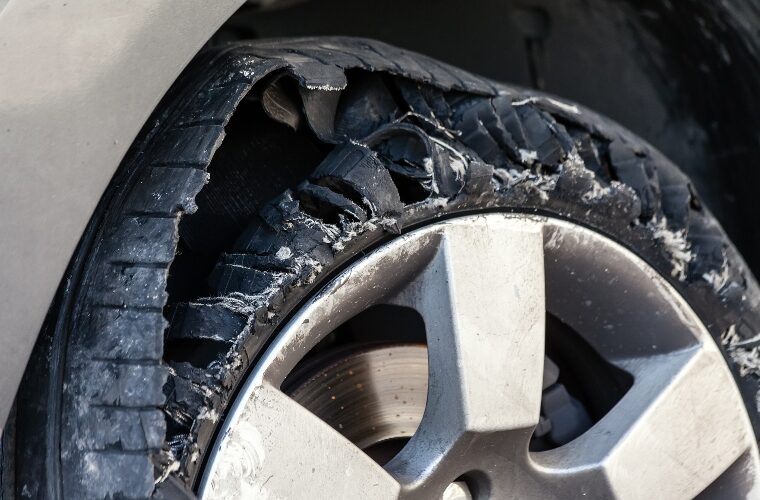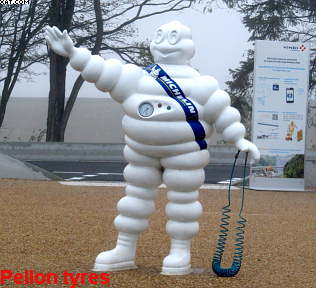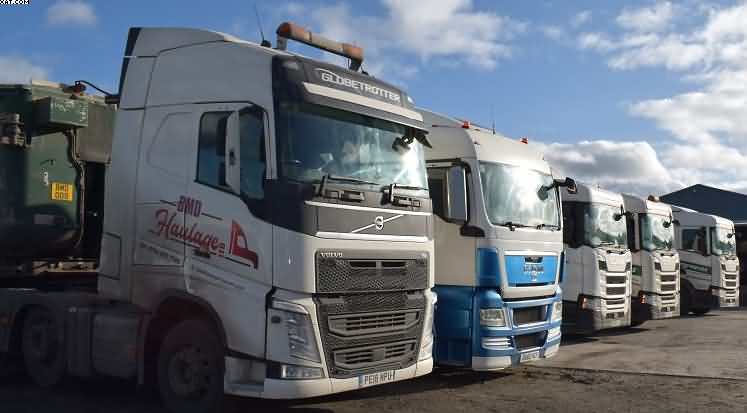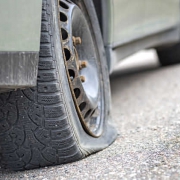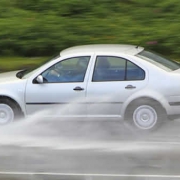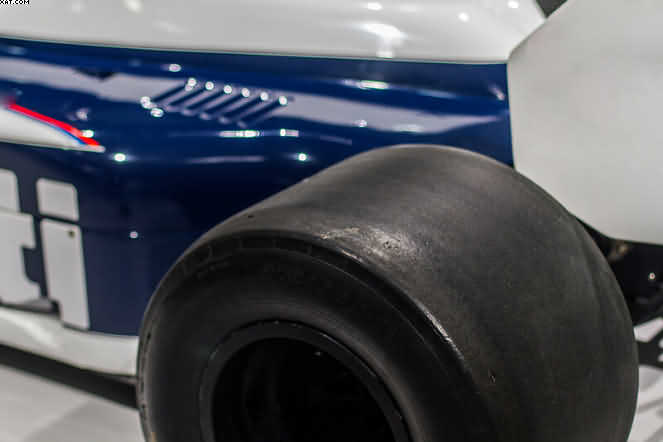Dunlop Tyres Motorsport
Table of Contents
Dunlop Tyres Motorsport
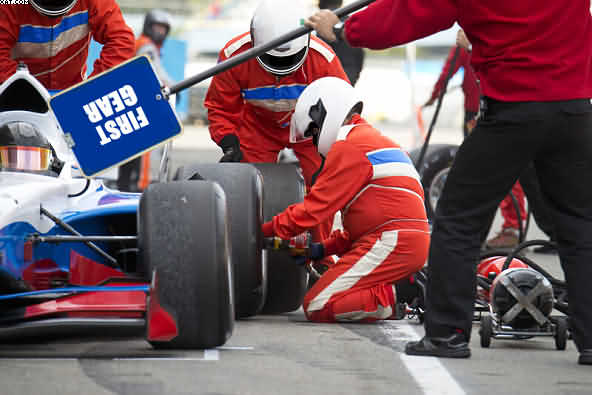
Dunlop Tyres Motorsport
Dunlop tyres Motorsport division was a memorable visit for me in the 60s
This narrative of the Dunlop Motorsport tyre division’s meteoric ascent and fall is as riveting as a fresh set of tyres on a rainy road, so let’s get into it!
The Glorious Days and Lowly Origins
Dunlop, a name that conjures images of tyres everywhere, wasn’t your average tyre manufacturer, either. Time travel back to the late 1800s in Britain is where the story starts. Fort Dunlop, in Birmingham, was the site of the miracle. The Dunlop tyre empire was founded at this famous site, and boy, were they prolific tyre manufacturers!
Dunlop wasn’t merely competing; they were utterly destroying it in the motorsports world. All the way from the Isle of Man TT to the Le Mans 24 Hours, these guys were in it. Round and black tyres weren’t enough for these technological wonders; they could race through the worst terrain at dizzying speeds. The drivers had no idea what they required until they were told!
The Age of Grace-Dunlop Tyres Motorsport
Fort Dunlop stood as a monument to the engineering brilliance and pioneering spirit of the British people, more than simply a factory. During its prime, it was a beehive of creativity and activity. They were producing racing tyres that were unparalleled in quality. Also, many local families relied on the jobs it created for their daily needs.
Dunlop Motorsport’s heyday was legendary. The winning cars in every race were using their tyres. Everything they touched seemed to magically transform into gold. Why wouldn’t drivers swear by Dunlop tyres? Having a dependable barrier between you and the asphalt is essential while travelling down a track at absurd speeds.
A Reduction in
However, a melancholy section is inevitable in any good story. Problems started to arise for the once-mighty Fort Dunlop. The tyre industry was evolving into a battleground for multinational behemoths. Both prices and competition were on the rise. Our cherished tyre division quickly found itself in a precarious situation.
The Dunlop Motorsport division’s demise was gradual. Competition wasn’t the only factor; new rules for motorsport, advancements in technology, and other market forces also played a role. It’s as if all these trendy new bars are stealing customers away from your beloved watering hole.
A New Chapter Begins-Dunlop Tyres Motorsport
Eventually, the inevitable happened. Many people’s hearts broke when the Dunlop Motorsport division at Fort Dunlop shut down. Not only did a factory close its doors, but an entire period did as well. Birmingham was losing a piece of its history and a piece of British motorsport as it faded away.
However, history is something that truly endures. Remembering the thunderous engines, the aroma of burning rubber, and the jubilant throng is how Dunlop Motorsport will be remembered. It’s an inspiring tale about overcoming adversity and embracing change.
Embracing the Present while Looking Ahead
Now that I’ve finished explaining everything, I want us to pause and think about Fort Dunlop, not as a place of business or a structure, but as a representation of an era when British industry was at the forefront of motorsport. The rest is anybody’s guess. Perhaps, given the current state of affairs, a fresh chapter in the Dunlop saga will be written, culminating in a resurrection. Indeed, in the ever-changing realm of tyres, like in real life, surprises abound!
An account of the tenacity, ingenuity, and, yes, change that is the Dunlop Motorsport tyre division’s ascent and collapse. Stories like these serve as a constant reminder of the unwavering determination of the individuals responsible for these monumental undertakings. They also highlight the fact that in cities like Birmingham, history is not confined to books; it is etched into the same pavement we traverse on a daily basis.
So, the Dunlop Tyres Motorsport division always brings back great memories for me
. In the 1960s, a local racing driver called Paul Craven wanted us to obtain some Dunlop racing slicks for his racing car (i think it was F2 racing but I am not sure)
Of course. Paul was the wealthy son of a company that made building breeze blocks. Importantly, it was made out of waste from the local coal-fired power station (now demolished).
In those days, I worked for the local National Tyres in Dewsbury, West Yorkshire, UK, and I was chosen to go to the sports division in Birmingham, West Midlands. This was in pre-motorway days, and the journey would have been about four hours.
We did not have Sat-Nav then, but I finally found the giant tyre factory. In those days, we did not ever travel far away from our small tyre depot. So I was very excited.
The guys at the factory were very helpful and showed me around the racing division, the rally tyres, and the F1 tyres, and of course, the ones that I had to collect were loaded onto my van, and off I went back north. It was a great day out.
The factory was now becoming old and was systemically dismantled over the coming years, and the tyres were made in other parts of the world; only the racing division remained.
Dunlop Tyres Motorsport now to close
Read more…
“Fears for future of Dunlop Tyres Motorsport in Birmingham; Birmingham Mail NILGOSC claimed that its proposed development will employ about 140 people, but the Dunlop Motorsport unit, off Ashold Farm Road, currently employs 303 people, many of them highly skilled”…http://www.birminghammail.net/news/top-stories/2012/10/12/fears-for-future-of-dunlop-motorsport-in-birmingham-97319-32016092/
